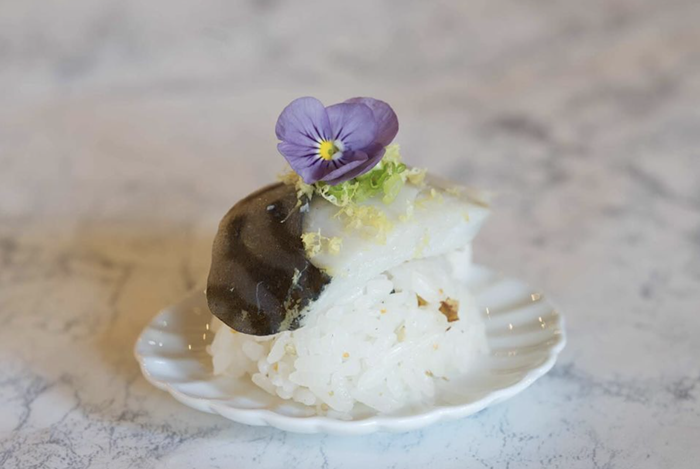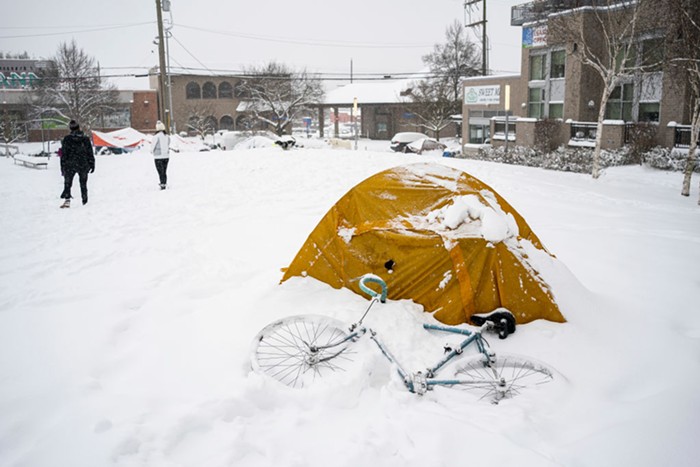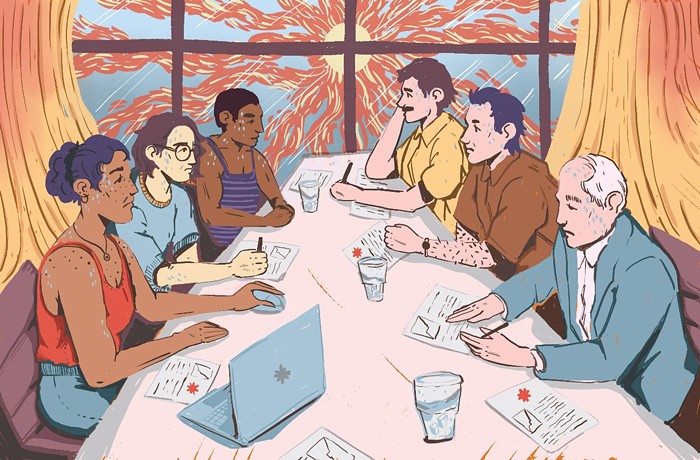
I hesitate tell you this because our natural resources can easily be loved to death, but I'm going to (briefly) ignore my loathing of Slog readers in general (and you in particular, Pansack), and tell you about a free, easy, and delicious hobby that is right outside our doorstep: mushroom hunting. And before you get too excited, no, I'm not talking about the ones that make you see god (apologies for that).
All the rain we get around here may give you trench foot and a bad attitude, but it's also the ideal habitat for mushrooms. There are an array of edible mushrooms that can be found at different times of the year around here, and right now, we are in the midst of chanterelle season, which begins in late summer and lasts until the first frost. And, sure, while you could go save yourself the trouble and spend $24 a pound on these bad boys at Whole Foods, it's a hell of a lot more fun to go outside and find them yourself.
Chanterelles are distinctive and easy to identify, which makes them ideal for beginning foragers. Still, it's always best to start mushroom hunting with someone who knows more than you. Some mushrooms, of course, can be toxic, and you'd probably like to avoid getting your stomach pumped when you're just trying to get some free lunch. If you don't have any friends who forage, you can visit the Puget Sound Mycological Society, which holds regular workshops, talks, and identification clinics (as does, occasionally, REI). You can also get a book. This one with a leprechaun playing sax on the cover is a local favorite (really).
Chanterelles don't grow just anywhere. They prefer mixed conifer stands, so look for birch, poplar, spruce, and hemlock trees that have some years on them. They like mossy, ferny areas—but not too mossy or too ferny so make sure you can see the forest floor. They range in color, but are generally a sort of dusky golden, with false gills under the cap and a solid stem. They sometimes look a bit like fallen leaves, but they tend stand out against the forest floor when they aren't hiding under ferns or decaying logs. They do have some lookalikes, but the falsies have hollow stems and you'll soon recognize them for the imposters they are—and they aren't poisonous so if you accidentally eat one you won't die from it.
In terms of where to go, I'll never tell. Searching for a ripe spot is a sometimes frustrating but sometimes joyous part of the process, and I recommend finding a forest service road, driving until you get to into some solid wilderness (not too high, not too low), and then dipping into the woods to see what you can see. It's hunting season, so wear an orange safety vest or a bright yellow cap that says "BIG CHEESE" on it, bring a friend (or a dog), keep in shouting distance from each other, and when you get lucky, take your haul home, brush the dirt off, and cook them up with shallots and a bit of white wine. Your chanterelles will be as rich and meaty as a good steak—and, unlike steak, you can collect them from public lands without getting shot by a rancher.
Good luck! And try not to get lost.



















